

Michelangelo Pistoletto
Movies for Michelangelo Pistoletto...


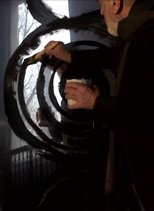


Title: L'homme noir
Released: January 1, 1995
Type: Movie
A documentary on the entire works of the Italian sculptor Michelangelo Pistoletto who lives in Vienna. His mirror-images make him one of the most original, manifold personalities in the European art scene.

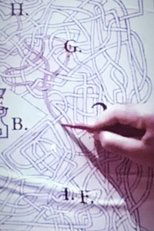
Title: The Pink Biennal
Released: March 1, 1976
Type: Movie
Television special of five episodes directed by Alfredo Di Laura dedicated to the exhibition "Attivo. Performance e Dibattiti" curated by Tommaso Trini.

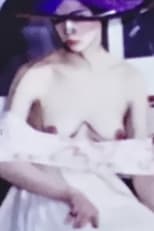
Title: Pistoletto & Sotheby's
Released: July 9, 1968
Type: Movie
This film represents an encounter with several major icons of the history of western painting,
"while attempting"–as the filmmaker says–"to always create a link between art and life, an impertinence with respect to those images that the production of works of documentation [books and magazines] brought to the attention of everyone for the first time." Reclaiming art history in a performative, playful way and evoking the tradition of tableau vivant, Pistoletto with his daughters Cristina and Maria Pioppi "act out" in a series of little scenes: Orpheus and Eurydice, Ernst Ludwig Kirchner, Raphael, Chaim Soutine, James Ensor, Edgar Degas, Vincent Van Gogh.

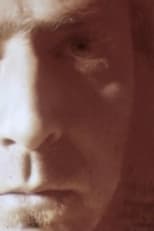
Title: Comunicato Speciale
Released: April 10, 1968
Type: Movie
Experimental short by Renato Ferraro.

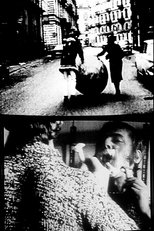
Title: Good Morning, Michelangelo
Released: March 12, 1968
Type: Movie
The film challenges the aura of the artwork, pushing it towards performance in urban space. During the exhibition Con-temp-l’azione (1967–68), at the three galleries Stein, Sperone and Il punto, two works by Michelangelo Pistoletto are taken out into the street. The film marks the beginning of a more militant and performative phase in Pistoletto’s career, opening up possible references to Situationism, Fluxus and nouveau réalisme. The film starts with Pistoletto shaving in front of one of his ‘mirrors’: the codes of everyday life and advertising burst into the scene. The large ball of newspapers roams Turin in a convertible automobile. The music of The Beatles accompanies the exploration of different filming and editing techniques. Intense, amused and brilliant, Buongiorno Michelangelo suggests a performative, cooperative and perhaps also playful aspect of the attitude of this short and intense period. —Tate Modern
